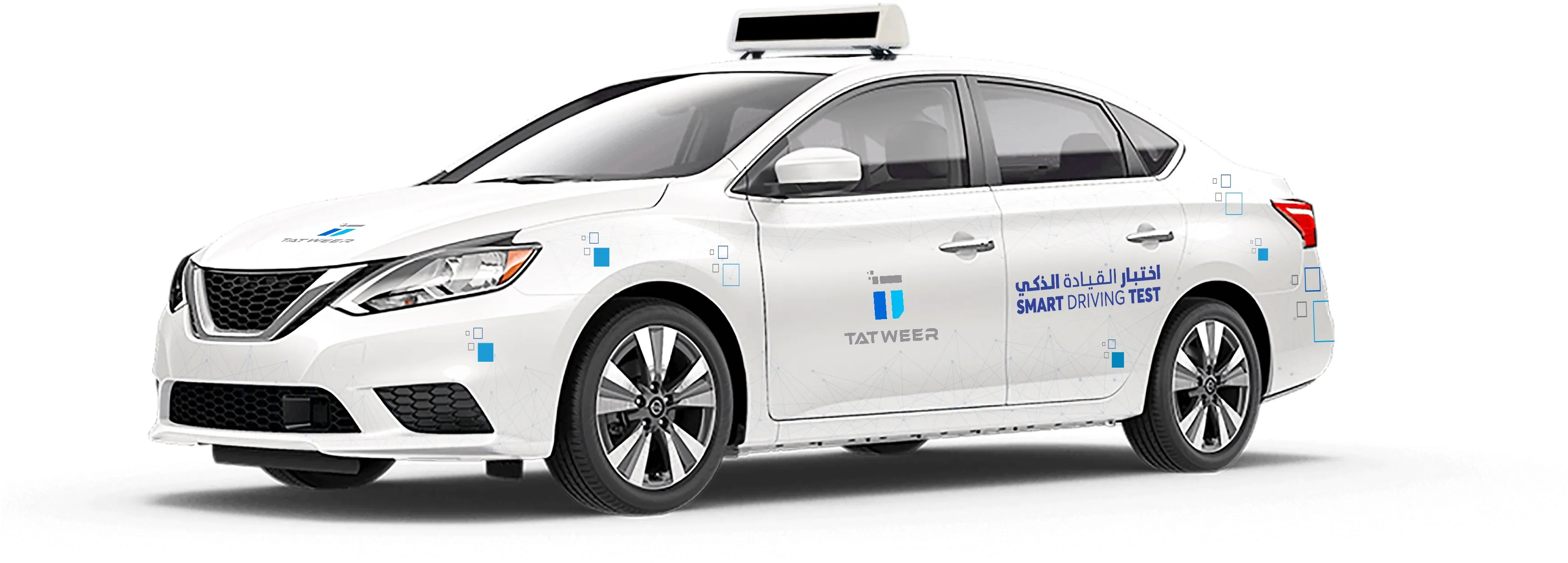LaunchPad’s power controller runs on the company’s Robot Controller software. The proprietary TrackFi radio shares position data with other ABD controllers via the Syncrho interface, which aims to allow its motion to be synchronised with the test vehicle and other ADAS targets. The self-propelled chassis, at 65mm height, is said to carry pedestrian, cyclist, moped, scooter and animal dummies at speeds up to 50kph.
The trajectory of the system can be programmed using a graphical path generation utility to help simplify the process of creating and running complex scenarios with multiple moving objects.
In addition, the aluminium chassis comes with shallow sloping sides that allow it to be repeatedly run over. Batteries can be replaced without removing the target.
“LaunchPad has taken us a further step towards testing ADAS performance under every potential scenario that could arise, able to represent even the unpredictable behaviour of an animal on the highway. It’s one reason why 100% of
AB Dynamics platform adds cyclists and pedestrians to ADAS and AV testing
UK-based AB Dynamics (ABD) has released its LaunchPad platform with the intention of offering choreographed control of all mobile features involved in advanced driver assistance systems (ADAS) and autonomous vehicle testing. The solution, according to Jeremy Ash, the company’s commercial manager, will help create complex scenarios that potentially involve multiple pedestrians, cyclists and cars that are all synchronised and coordinated with the test vehicle.
LaunchPad’s power controller runs on the comp
March 27, 2018
Read time: 2 mins
UK-based AB Dynamics (ABD) has released its LaunchPad platform with the intention of offering choreographed control of all mobile features involved in advanced driver assistance systems (ADAS) and autonomous vehicle testing. The solution, according to Jeremy Ash, the company’s commercial manager, will help create complex scenarios that potentially involve multiple pedestrians, cyclists and cars that are all synchronised and coordinated with the test vehicle.









